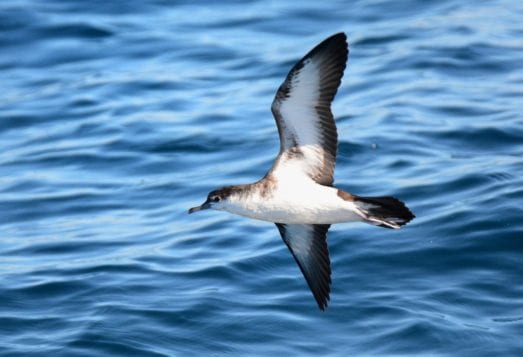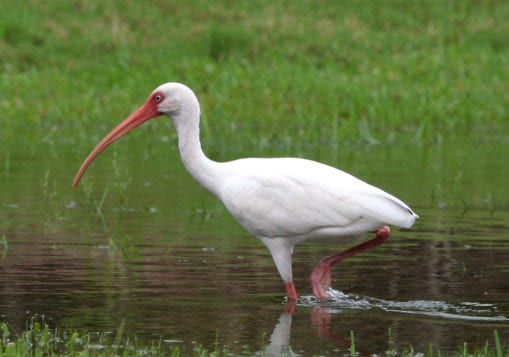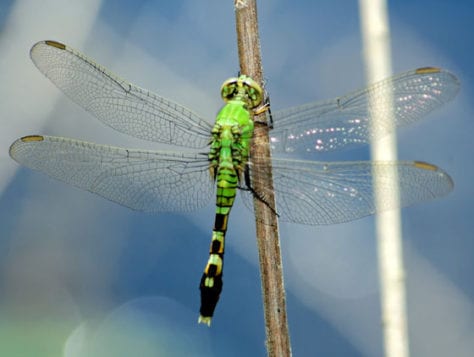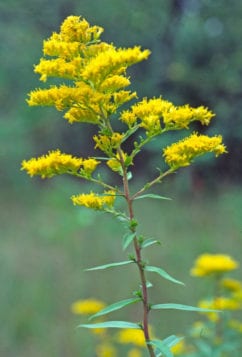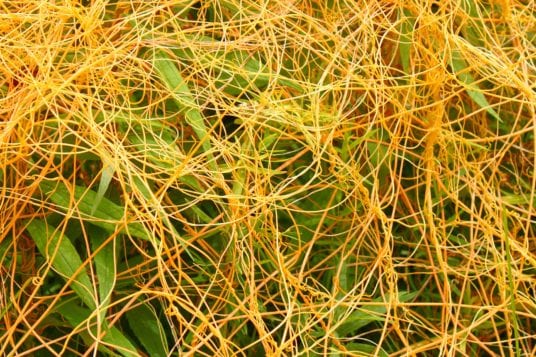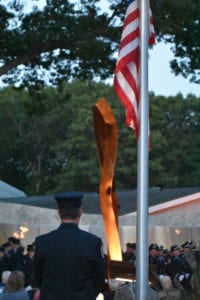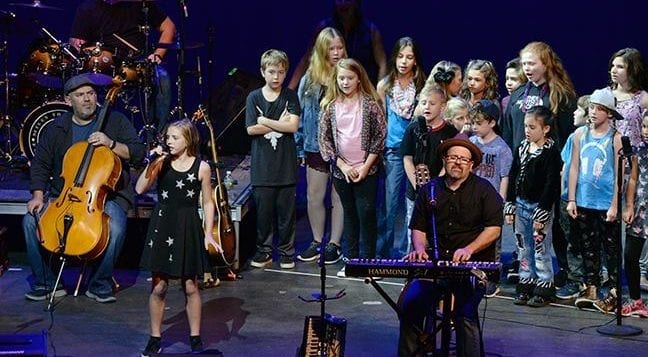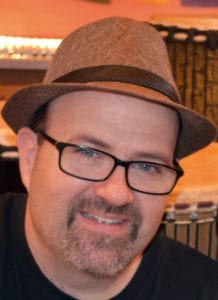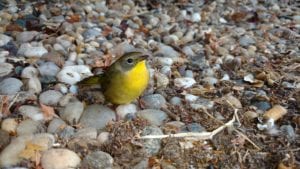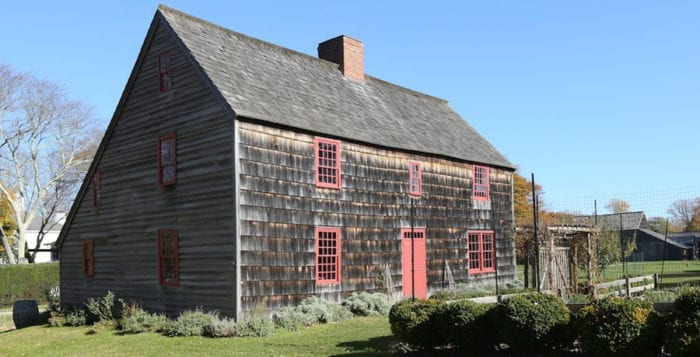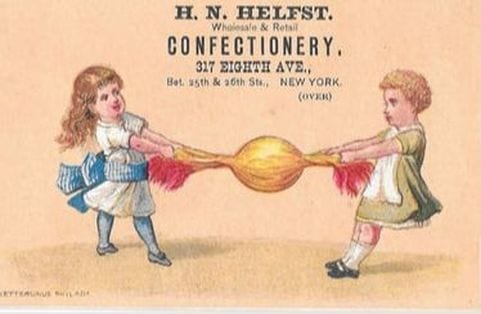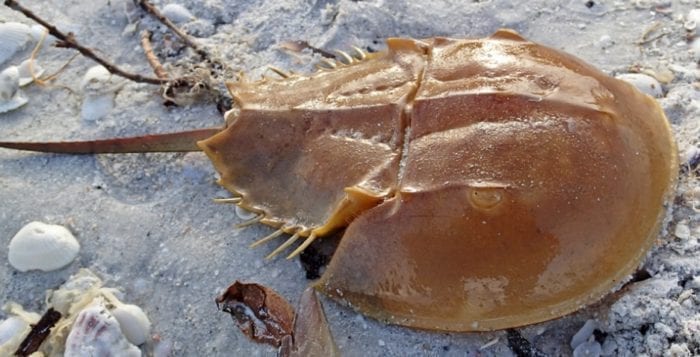By Rabbi Motti Grossbaum
Imagine you were given an opportunity to travel the entire world, every continent, every country at no cost. But there would be one condition; you would have to do it blindfolded. You can trek from Hawaii to the Swiss Alps, from the Amazon to Jerusalem, but it will all have to be done without you seeing any of it.
It’s a frustrating idea. Here you are going from place to place but to you, it all seems the same. The truth is, this dilemma does not just exist in the realm of space, it also exists in the realm of time.

The Kabbalah (Jewish mysticism) teaches us that just as every place has its own unique energy and purpose, which is why traveling is always filled with newness and adventure, every point in time has its own exclusive character and rhythm.
This week, this day, this very moment will never happen again; there will be many more moments to come, but none will be like this. One can go through life, day after day blindfolded, like listening to the same song on repeat. Or one can take off their blindfold, look at each day and recognize that the challenges and triumphs that are unfolding before them are unique. They have their own flavor and will never happen this exact way again.
This is what’s so significant about Rosh Hashana and the celebration of the Jewish New Year. During this holiday, the energy that will define the entire year ahead, the context in which everything will be achieved, enters into our world for the very first time.
Furthermore, the Kabbalah teaches, not only is this a new energy, each year it is an even greater energy than the year past. The potential and destiny that is waiting to be unlocked during this coming year is something the world has never seen.
All this happens with the blast of the shofar. The sound of the shofar is the sound of us piercing heaven and drawing down a year that is unlike any that’s ever been before. Its unique tone beacons us to take off our blindfold and witness the transition into a brand new year.
This year, we are given the opportunity to go on a magical journey of time to experience moments that are filled with fresh and untapped beauty. The choice is ours; we can slide right into the New Year blindfolded, completely unaware of the fact that we just entered into an entirely new dimension, or we can go hear the shofar and blow the blindfold off. We can open our hearts and pray for a year of health, redemption, prosperity and happy adventures!
Author Rabbi Motti Grossbaum serves at Village Chabad–Center for Jewish Life & Learning at 360 Nicolls Road in E. Setauket. For more information about High Holiday services and other programs and activities throughout the year, visit www.MyVillageChabad.com or call 631-585-0521.



